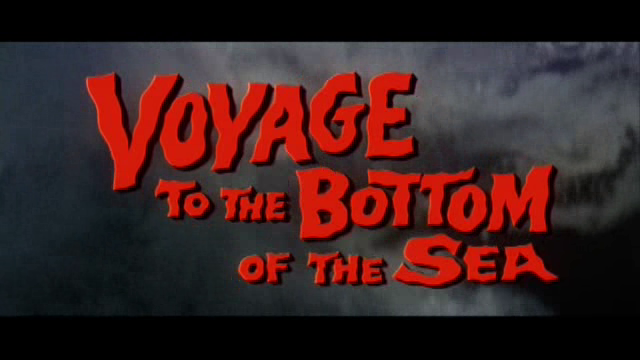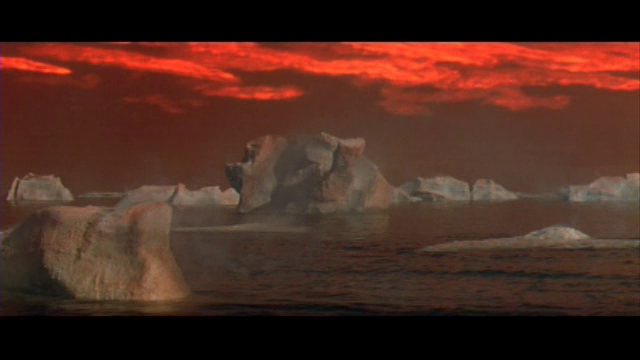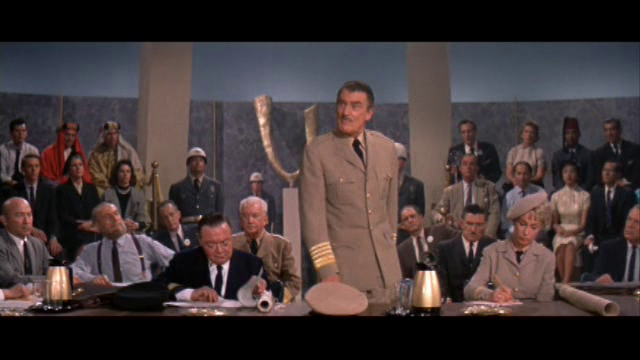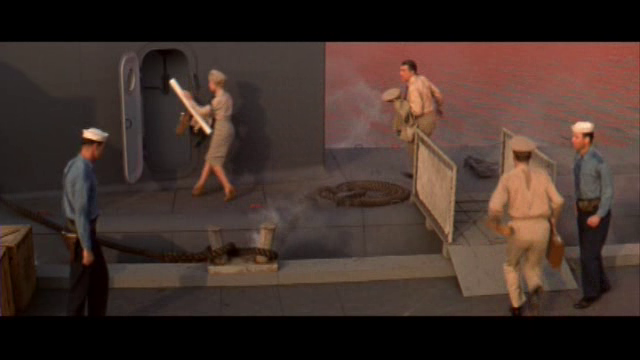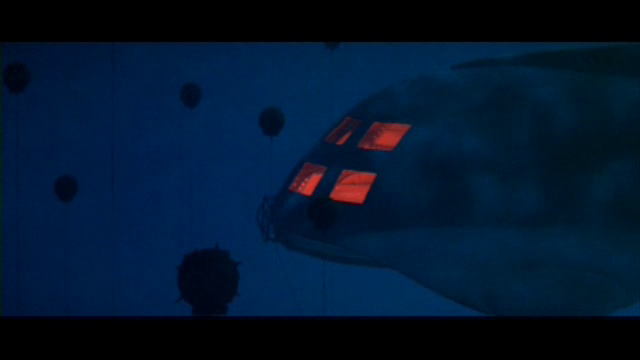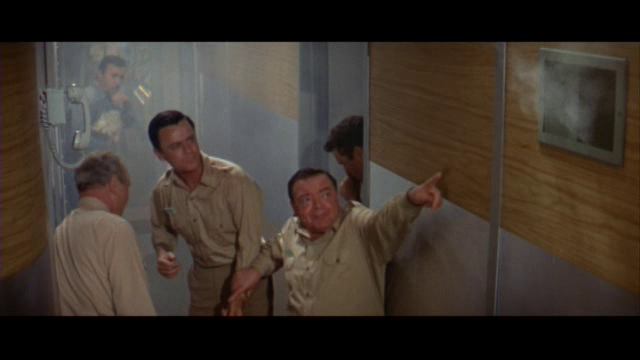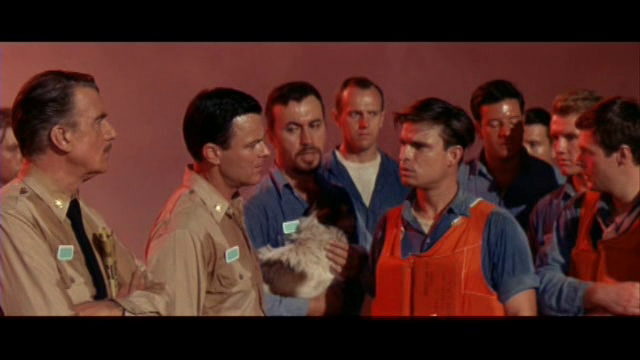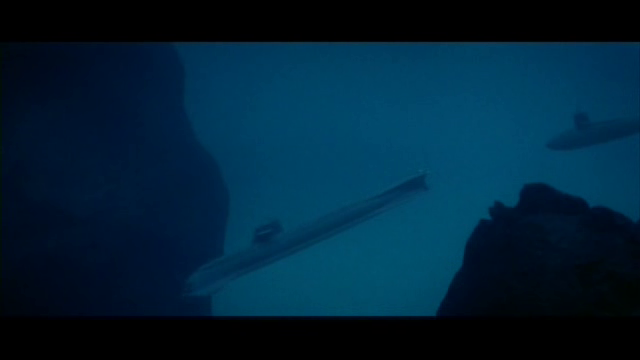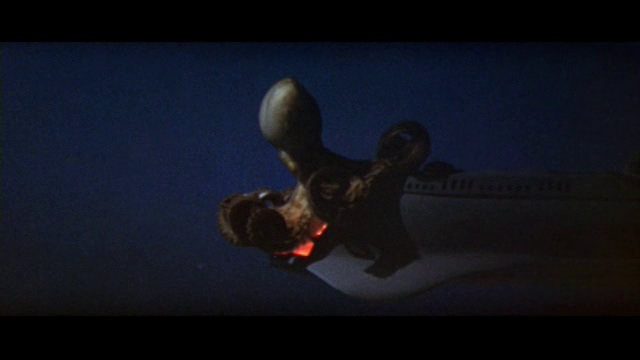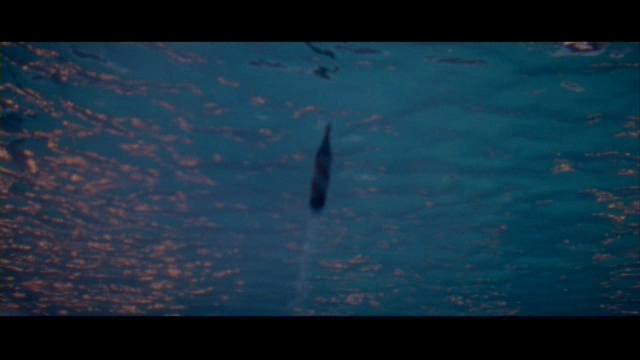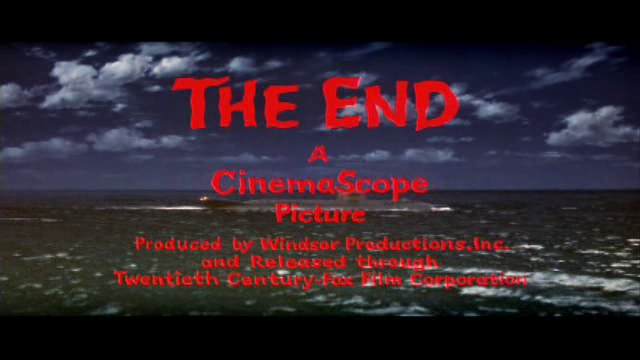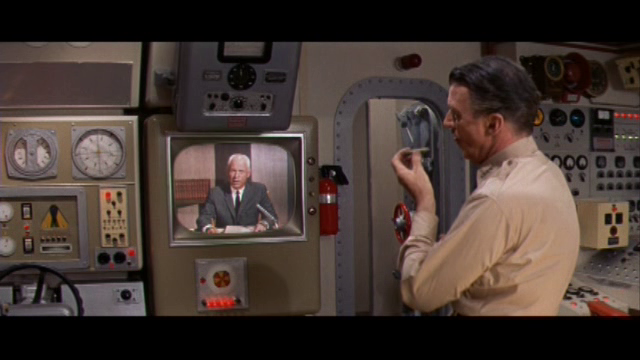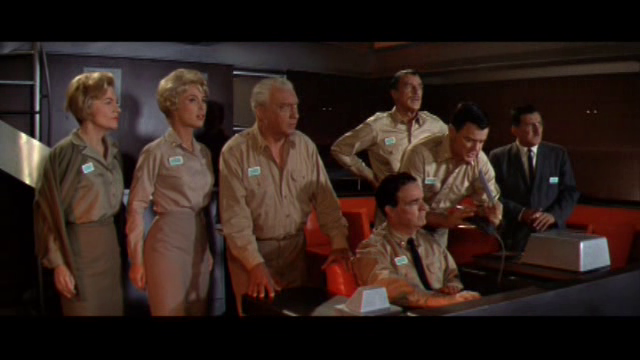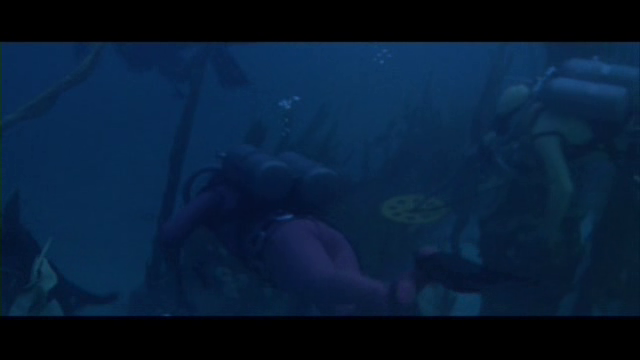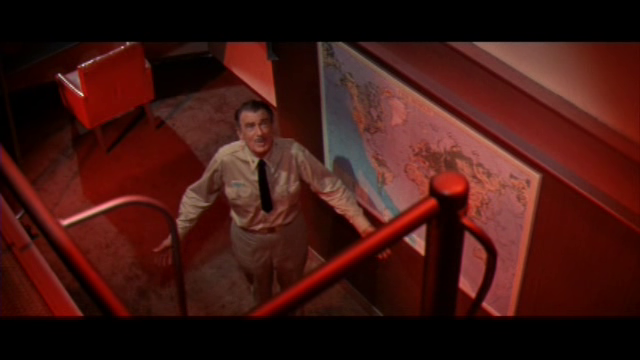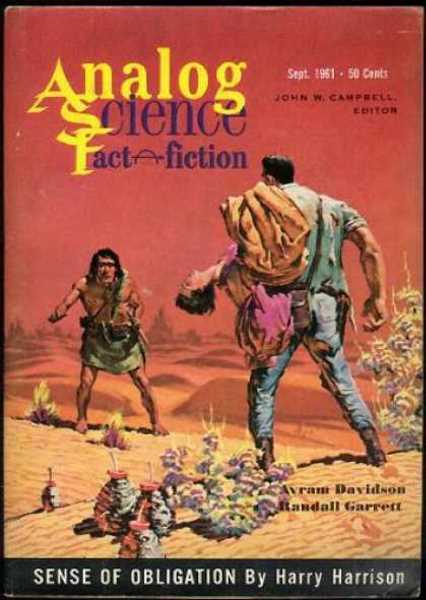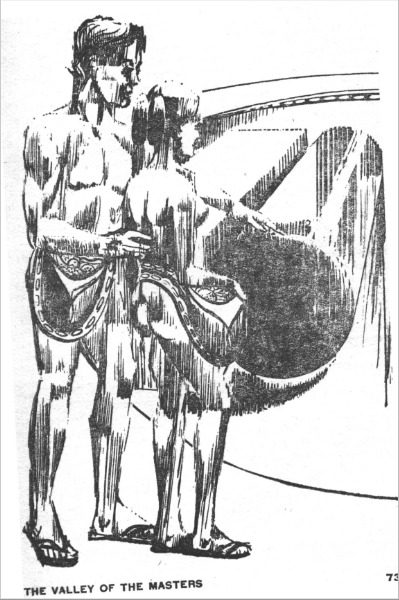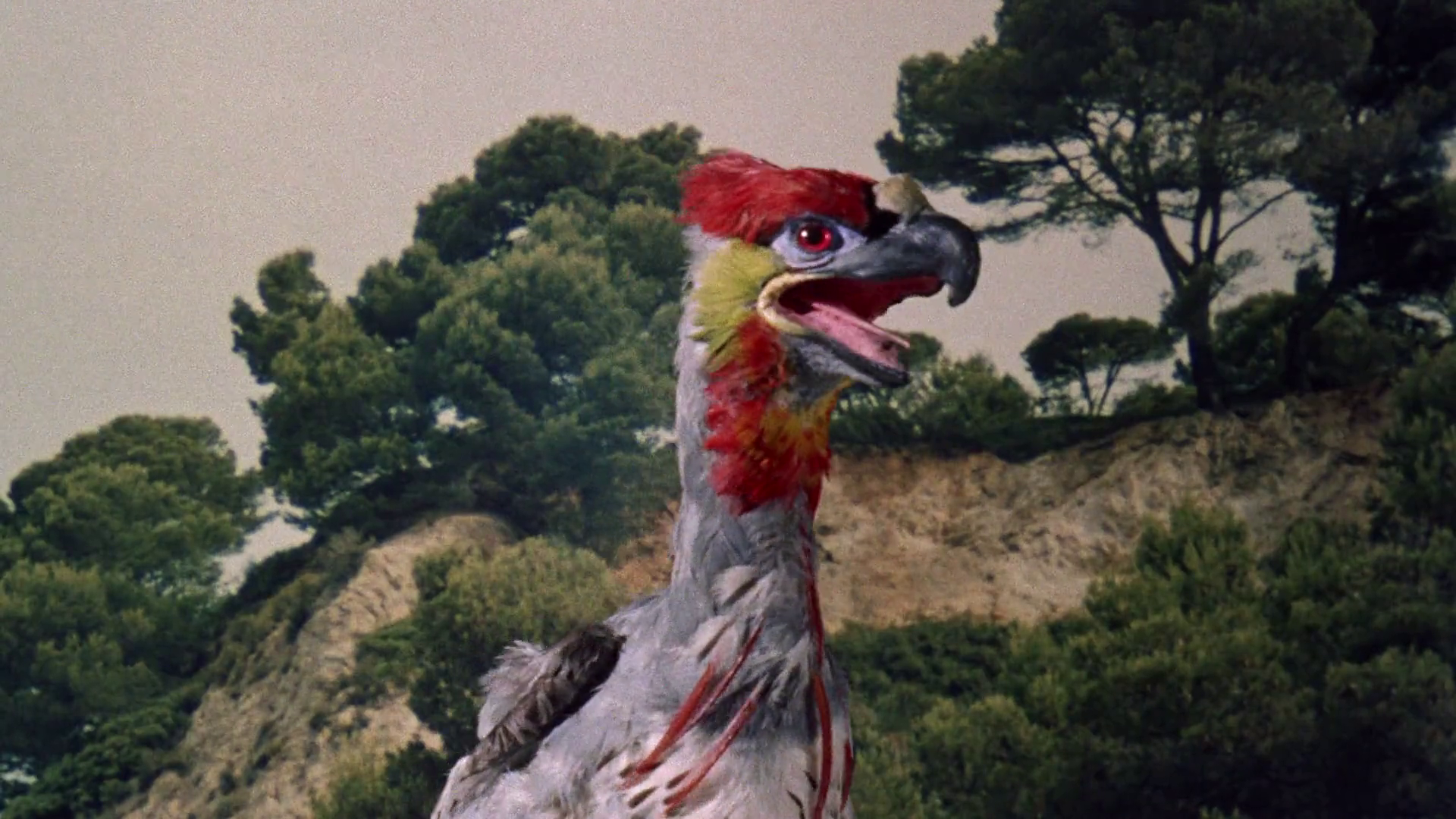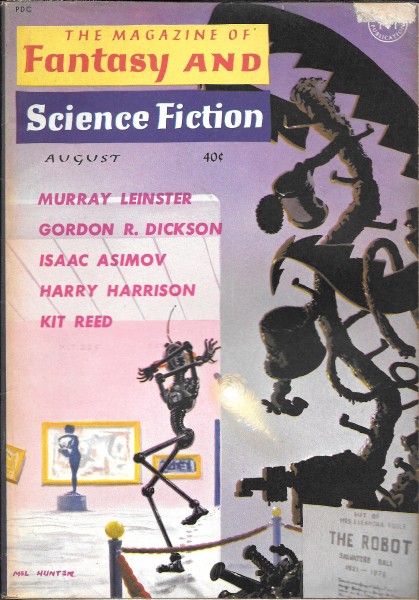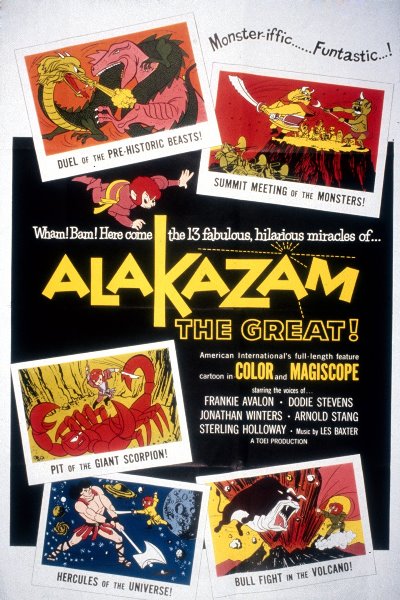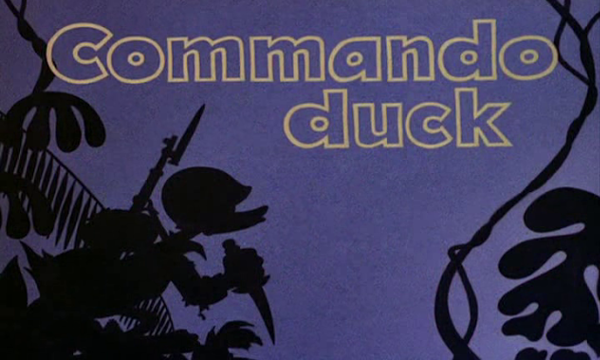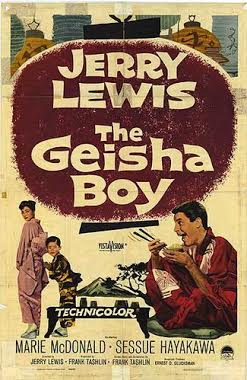
by Rosemary Benton
I enjoy my science fiction in the evenings, when I can open the windows and let my tortoise, Mabel, out of her cage to meander around my condominium. Both of us love these night time relaxations as a way to expunge stress and enjoy new environments. For me, I get the opportunity to stretch my mind with speculative fiction, while Mabel enjoys the more humble tortoise pleasure of exploring nooks and crannies.
On one such recent evening I looked at Mabel and felt a coincidental connection between our activities. For whatever reason, she was choosing to repeatedly walk in a wobbly circle from the couch to the table, to the wall, to the bookshelf, and then back to the couch. This wouldn't have struck me so powerfully except for the fact that I was reading Stranger in a Strange Land by Robert A. Heinlein. Like Mabel, I was not only willingly subjecting myself to drudgery, but I was engaged in a circular story that felt like it was going nowhere.

The premise of Stranger is interesting enough. Conceived on Mars and raised by the Old Ones (the elders and collective holders of all Martian knowledge), Valentine Michael “Mike” Smith is the sole survivor of a scientific expedition sent from Earth to study the Red Planet. Approximately 25 years and one world war later, mankind again makes a trip to Mars where they find Michael alive and well under the care of the Martians. Mike makes the voyage back to Earth under the strict order of his surrogate parents, whereupon he is first taken to a hospital for observation by a purposefully all male staff. With his legal status up in the air, Smith is stuck between the odd position of being the Sovereign of Mars or a citizen of Earth's World Federation of Free Nations. Eventually smuggled out of the hospital, Mike begins his life on Earth under the tutelage of his liberator, his lawyer, and his other “water-brothers”. Stranger is the story of a man flung into an odd world of concepts, theories and rules, and the journey he takes to “grok” humanity and heal mankind of its self-inflicted wounds.
This is the story of the creation of a culture that is an amalgamation of human nature and Martian ideas. It makes sense that on an Earth such as Heinlein creates, where religion is a powerful entity politically and socially, the journey of the main character would be one of a religious awakening. A religious story of a naive boy growing into an enlightened man is virtually a cliche, but in the hands of the right author it can be given fresh life. Was Heinlein the right author for this? Sort of.

Despite my initial expectations about a story that promised to be part “coming of age” and part “survival in an alien culture”, Stranger in a Strange Land is a tedious read. The first 200 pages are an almost moment-by-moment recount of The Man from Mars being brought to Earth, escaping the hospital with the help of a nurse named Gillian “Jill” Boardman, meeting her associate Jubal Harshaw, coming to trust Jubal and having lengthy and repetitive conversations with him as a burgeoning father figure/lawyer/interpreter/guide to human nature.
Often a conversation between characters will read like a transcript of a classrom group discussion set in wherein one person is the primary speaker and the rest of the group contributes small insights or asks for clarification. Then the whole topic will be reintroduced, but from a different angle. It is immensely dry to read.

Heinlein takes great care to describe Mike's inner voice and his difficulty “grokking” or grasping human logic and concepts. Slowly he teases out the special powers of perception and control over physics that Mike learned from the Martians. At first, sections written from the perspective of Mike's mind were the most anticipated parts of the novel, but as Mike adapted and became more “human” in his thinking, the intrigue of his mind's workings likewise faded.
Stranger contains a sizable cast of side characters including, but not limited to, the founder of the highly influential Church of the New Revelation (Fosterite), the Muslim semanticist Dr. "Stinky" Mahmoud, and Jubal Harshaw's three secretaries, Anne, Dorcas, and Miriam. Numerous, yes, but not well-developed. Very little is given as to the pasts of these or any of Heinlein's characters.
Indeed, aside from the snake handler and tattoo aficionado Patricia “Patty” Paiwonski, they are all shadows compared to the protagonist: Mike is the most rounded character given the necessity of explaining portions of his Martian upbringing. Everyone else begins their arcs in the immediate present, and continues on from there. I found this to be the most frustrating part of Stranger in a Strange Land (aside from the circular nature of many of the characters' interactions) for the simple fact that it doesn't give you much to grasp. If the concept of a science fiction Mowgli-turned-philosopher type main character isn't enough to hold your interest for over 400 pages, you are somewhat out of luck, I'm afraid.

That being said, Stranger in a Strange Land's readability does significantly improve in the second half of the book. As I mentioned earlier, Patty Paiwonski is introduced during the journeying stage of Mike's self-realization. Not only does she grow to become an important member of Mike's Church of All Worlds but she is nearly 50 years old, covered in religious tattoos and artwork from the neck down, and described as, “associat[ing] with grifters and sinners unharmed” (271).
It is also at this point that the book really begins to dig into the complexities and issues of church-founding, culture versus religion, and the practice of Mike's teachings. Sex, God, the differences between men and women, all of this and more is played out in a far more digestible pace than in the early half of the book.
Jill Boardman's character really comes into her own as she finds liberation from social constraints with Mike's help. Working as a showgirl while Mike is out amongst the population of America, she learns to enjoy her own body, feels the shame of voyeuristic tendencies fall away, and even takes on the role of teacher to Mike. Through her he groks how to achieve the one thing he hasn't been able to feel – laughter. Despite how interesting her transformation is from jealously guarding Mike to happily sharing him, her lessons at times can rub the reader in the wrong way.

For me it was hard to read about Mike's understanding of homosexuality. “ Mike would grok a “wrongness” in the poor in-betweeners anyhow – they would never be offered water” (303). The fact that Heinlein acknowledges homosexuality is heartening. There is very little mainstream fiction that addresses homosexuality with anything other than fear and contempt, but despite offering a kind of understanding and sympathy, it's piteous and exclusionary. T o never be offered water in the realm of Stranger means to never be offered the closeness and community that leads to ultimate happiness and physical well being.
The role of women in Mike's grokking of Earth is another point which unfolds in an intriguing but ultimately controversial way. Jill's understanding of rape is highly repugnant. I, for one, do not believe Jill's explanation that, “Nine times out of 10, if a girl gets raped, it's partly her fault” (304).
The strengthening of female minds and bodies is likewise seen by the handyman, Sam, as something that will cause problems for society. “When a female conceives only as an act of volition, when she is immune to disease…and has her orientation so changed that she desires intercourse with a whole-heartedness that Cleopatra never dreamed of – but any male who tried to rape her would die so quickly, if she so grokked, that he wouldn't know what hit him? When women are free of guilt and fear – but invulnerable? Hell, the pharmaceutical industry will be a minor casualty – what other industries, laws, institutions, attitudes, prejudices, and nonsense must give way?” (401).
Jill's view on rape is never tested in a real case. The societal outcome of women heartening their minds and bodies is not explored on a large scale. In fact, precious little is. While Stranger proposes a (somewhat) better society, it doesn't explore what such a society would look like in action outside of a small commune.
This is not to say that Stranger in a Strange Land isn't worth a read. Though painful, dense and not altogether enjoyable, Stranger does have is noteworthy points. The eroticism and communal living present titillating ideas. Nevertheless, it feels claustrophobic with Heinlein's view of a conflict-less world. In this is Heinlein's ultimate failing – there is just too little conflict in Stranger. Society just effortlessly adapts and molds itself to Mike's teachings which, at the end of the day, all come from the philosophies of wealthy and well off people.
To bring everything back to my earlier question of whether Heinlein was the right author to breathe new life into the story of religious awakening – Stranger in a Strange Land had the ideas, but is too verbose and simple. Frankly, I'll stick with Heinlein for his Starship Troopers material. He does far better when he allows himself to couch his moralizing in action adventure than when he presents unadorned explorations into the origins of cultural identity or the dissection of human nature.
Two and a half stars. Five for originality. One for execution.




